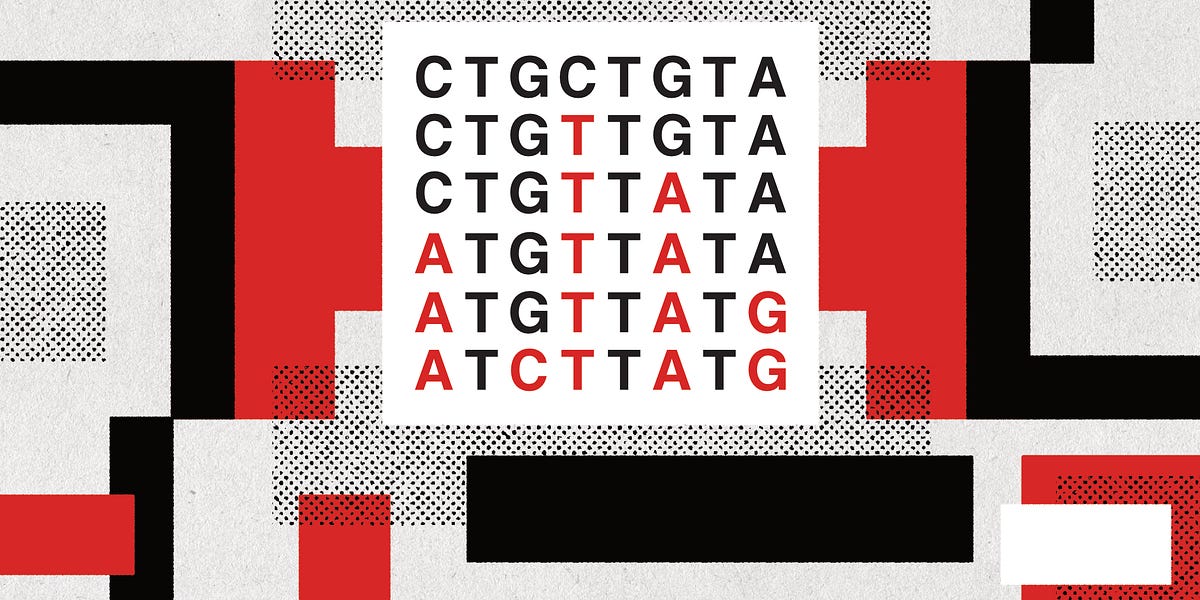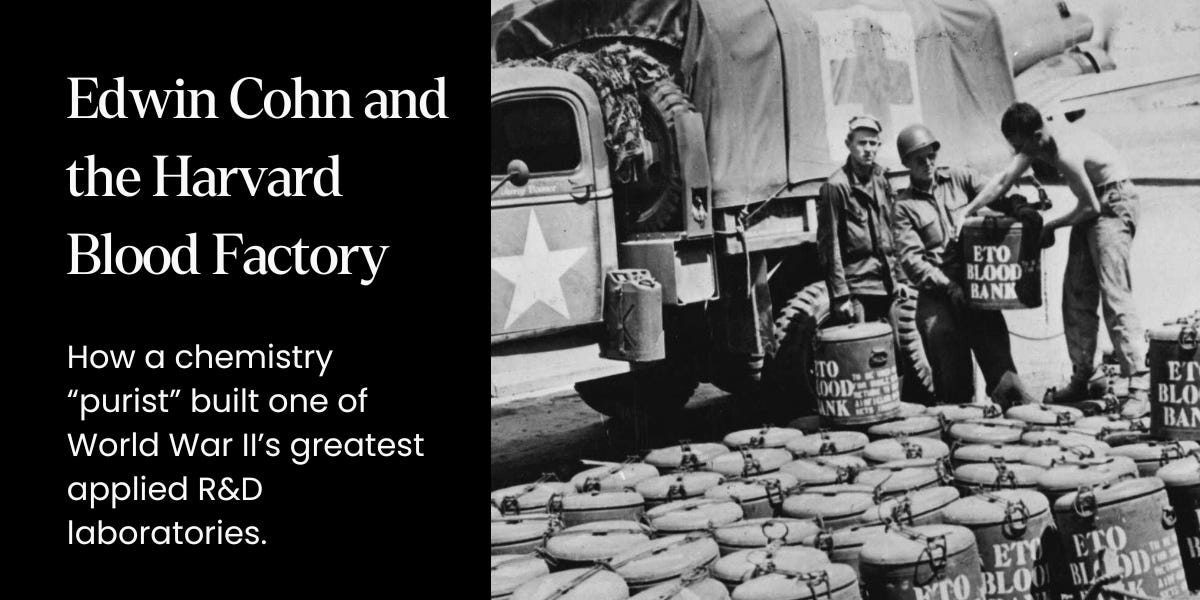Insect Diapause: The Science of Manipulating Life's Pause Button

From bears hibernating to insects entering diapause, nature is full of mysteries of life's pause button. This article delves into insect diapause – a programmed state of developmental arrest – and its immense potential in agriculture, disease control, and insect farming. For millennia, humans have indirectly controlled pest diapause through methods like crop rotation. Now, scientists are attempting to manipulate the hormones and environmental factors governing diapause for more precise pest control and to improve the efficiency of beneficial insect farming. Research on diapause not only promises huge economic benefits but also helps us better understand the very mysteries of life itself.
Read more












